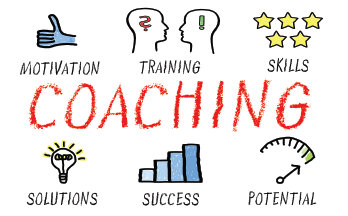What to Say & How to Say It

docstockmedia / shutterstock.com
Where should you begin? And how much do you say? It’s helpful to frame your feedback as either a “download” or a “dialogue.” Each serves a distinct purpose.
Downloads are smalls nuggets of information that are unidirectional from giver to receiver, usually offered when the stakes are low (e.g., “Make sure to use the back of your hands to assess for warmth,” or “when you sat down it really seemed to put the patient at ease.”).
Dialogues are the feedback conversations that should occur for anything more complicated, potentially emotional, or for mid- or end-of-rotation feedback. To approach these conversations consider the ART of feedback—emphasizing the steps of Ask, Reflect and Teach.6
Ask learners for their reflections—but base it on your previous discussions. “How do you think this rotation went?” is too vague and should be avoided. Instead, try “When we started our time together, you really wanted to work on understanding the indications for various forms of immunosuppression. How do you feel you’ve been successful in achieving that goal?” This technique shows your investment in the goals you mutually agreed upon and reveals the learner’s thinking. This provides an opportunity to compare the degree of discrepancy, if any, between your assessment and the trainee’s self-assessment. Further, the trainees may give themselves the tough feedback (e.g., “I still feel like I really need to familiarize myself with the risks and benefits of standard therapies.”), and your job becomes helping them plan an improvement strategy.
After their self-assessment, reflect on what they’ve said. “It sounds like you weren’t as successful at achieving your goal as you had hoped. It also sounds like you think the volume of patients on the service was the main impediment. Is that accurate?” Active listening, truly understanding their perspective and empathizing with their successes or struggles are some of the ways the reflection step helps fortify the relationship upon which effective feedback is built.
From there, teach them your thoughts relative to theirs. Perhaps they were too hard on themselves and need reassurance, or you can highlight areas for growth by using objective data and reflections from specific moments together.
To be a great teacher & mentor, it can be enormously helpful to adopt the skills & practices of a coach, who is adept at drawing out the best in even the most advanced learners.
Then, ask again, and see how your feedback landed. You may need to repeat the ART framework a few times depending on whether you both are on the same page. With just a few repetitions of ART, you can incorporate the model into your regular practice.


